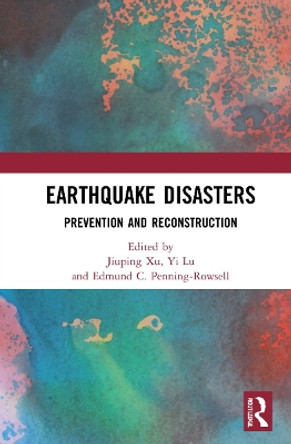This socio-political history on the aftermath of the 1934 Bihar-Nepal earthquake explores disaster aid, relief, and reconstruction and the questions they give rise to about class, communities and inequality. The book traces disaster responses across the twentieth century in order to demonstrate how they were embedded in political processes transcending the event of the earthquake. Aid, relief and reconstruction mirrored political agendas and ideas that articulated both changes and continuities by the colonial state, civil society and international organisations. The impact of the earthquake and aid in its wake varied widely according to social groups, ethnicity and gender in the aftermath. By studying the effects of the earthquake on communities directly affected and society, the author argues that we can come closer to an understanding of the role political, social and cultural factors held in shaping resilience to natural disasters. This title is also available as Open Access on Cambridge Core.
This history of an Indian earthquake aftermath analyses the role of civil society, the colonial state and international aid in disaster relief.About the AuthorEleonor Marcussen is a Postdoctoral Fellow in History at the Department of Cultural Sciences and LNU Centre for Concurrences in Colonial and Postcolonial Studies, Linnaeus University, Sweden. Her research interests include humanitarianism, historical disasters, governance and infrastructure.
Book InformationISBN 9781108838092
Author Eleonor MarcussenFormat Hardback
Page Count 300
Imprint Cambridge University PressPublisher Cambridge University Press
Weight(grams) 610g
Dimensions(mm) 237mm * 161mm * 27mm








